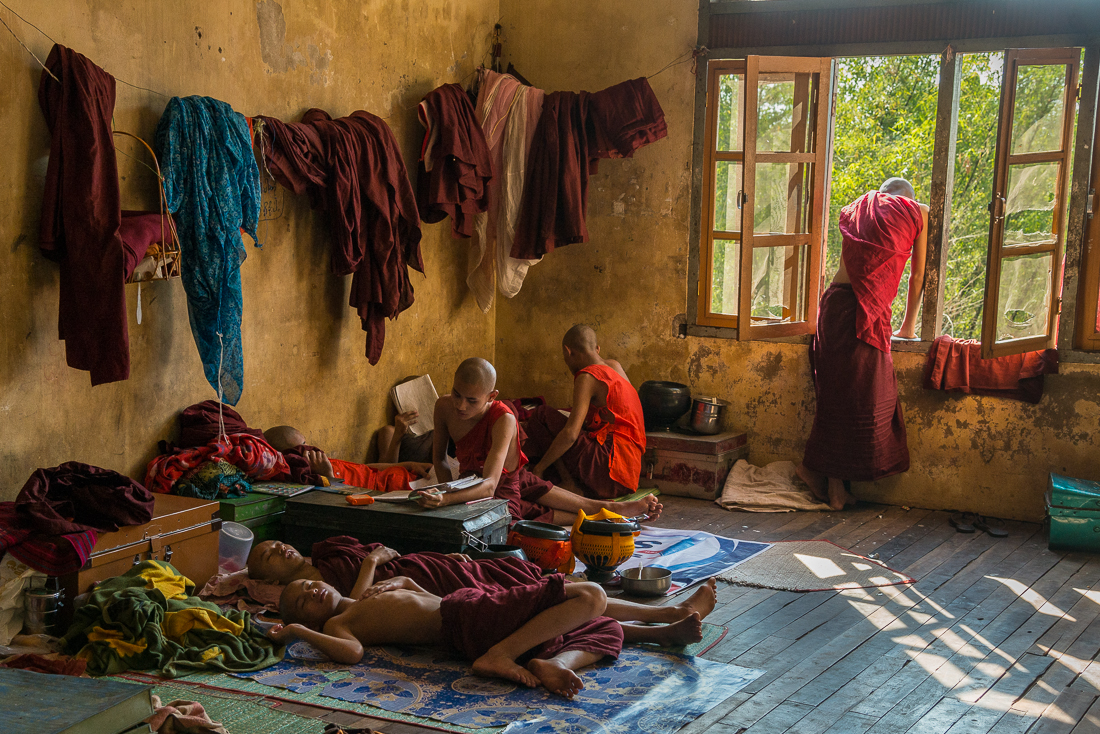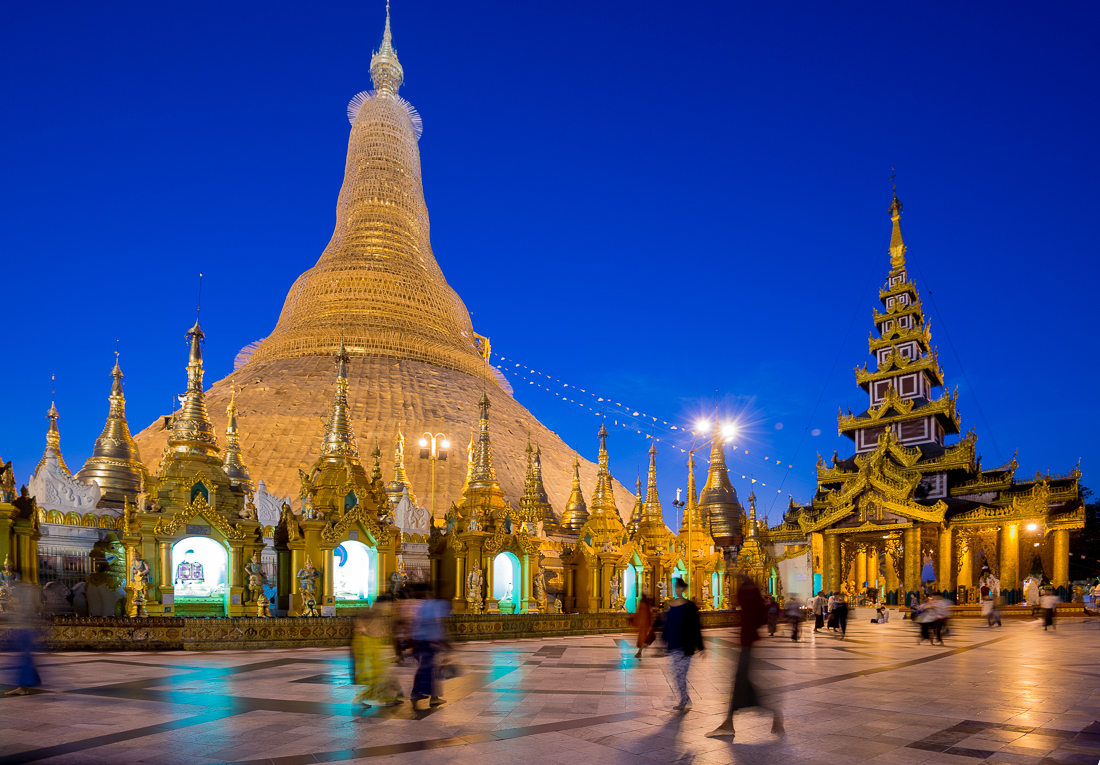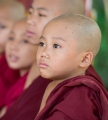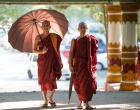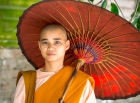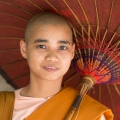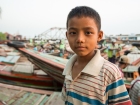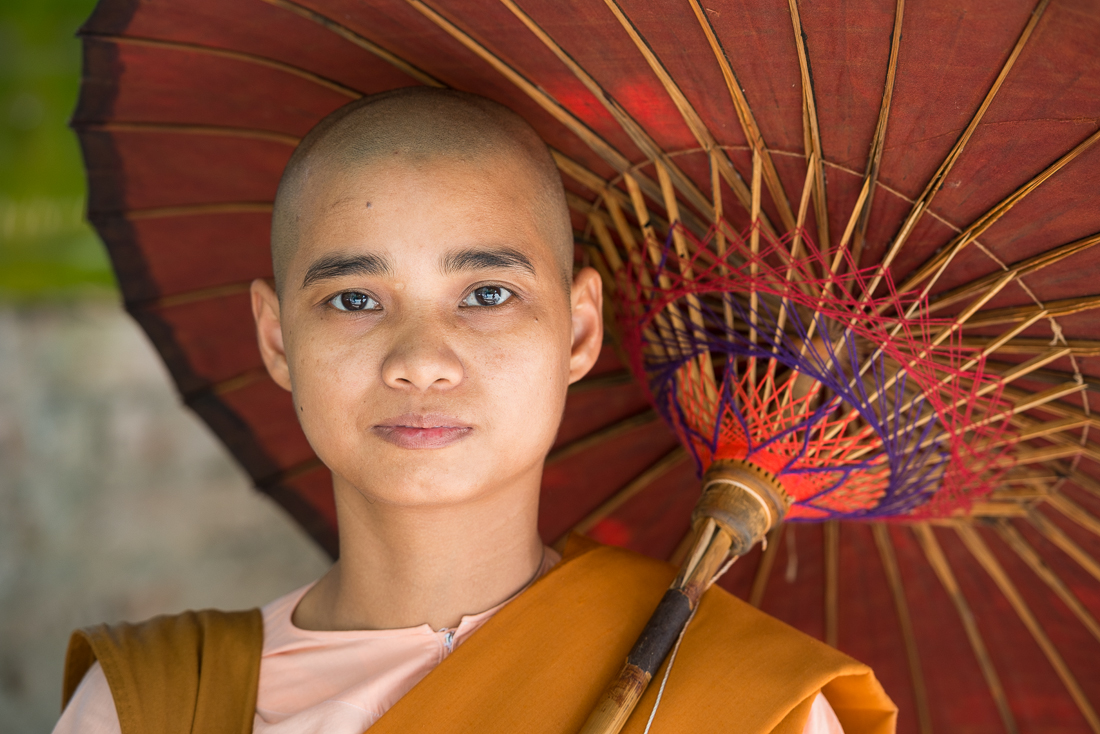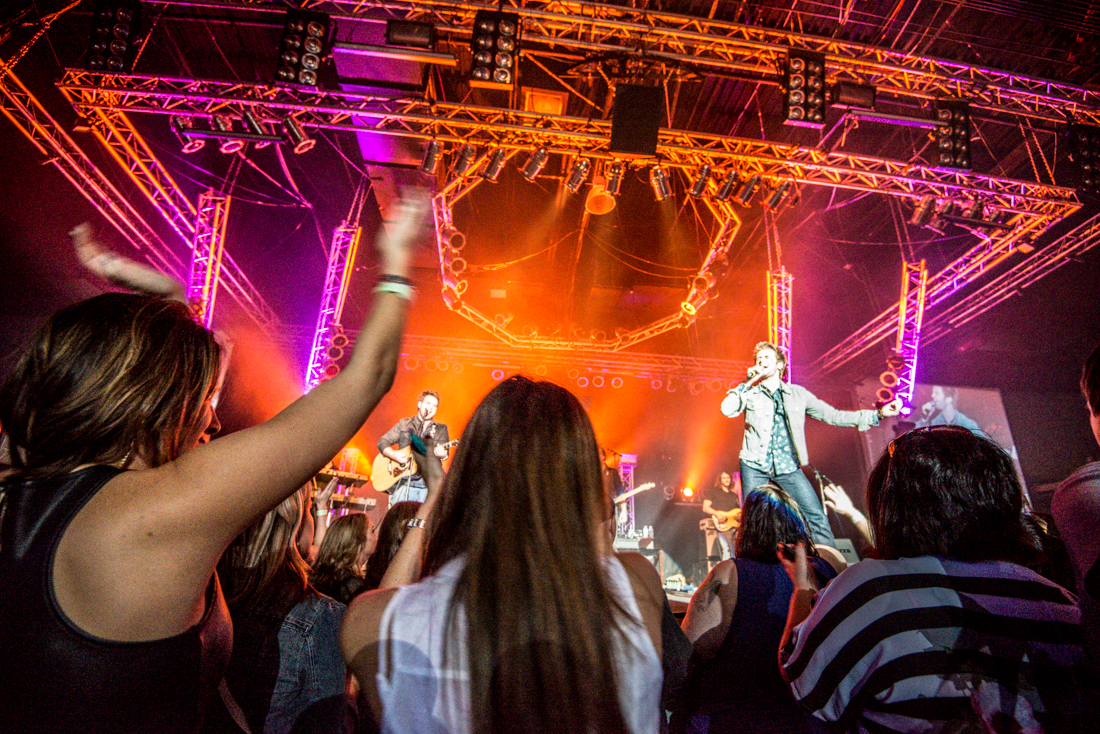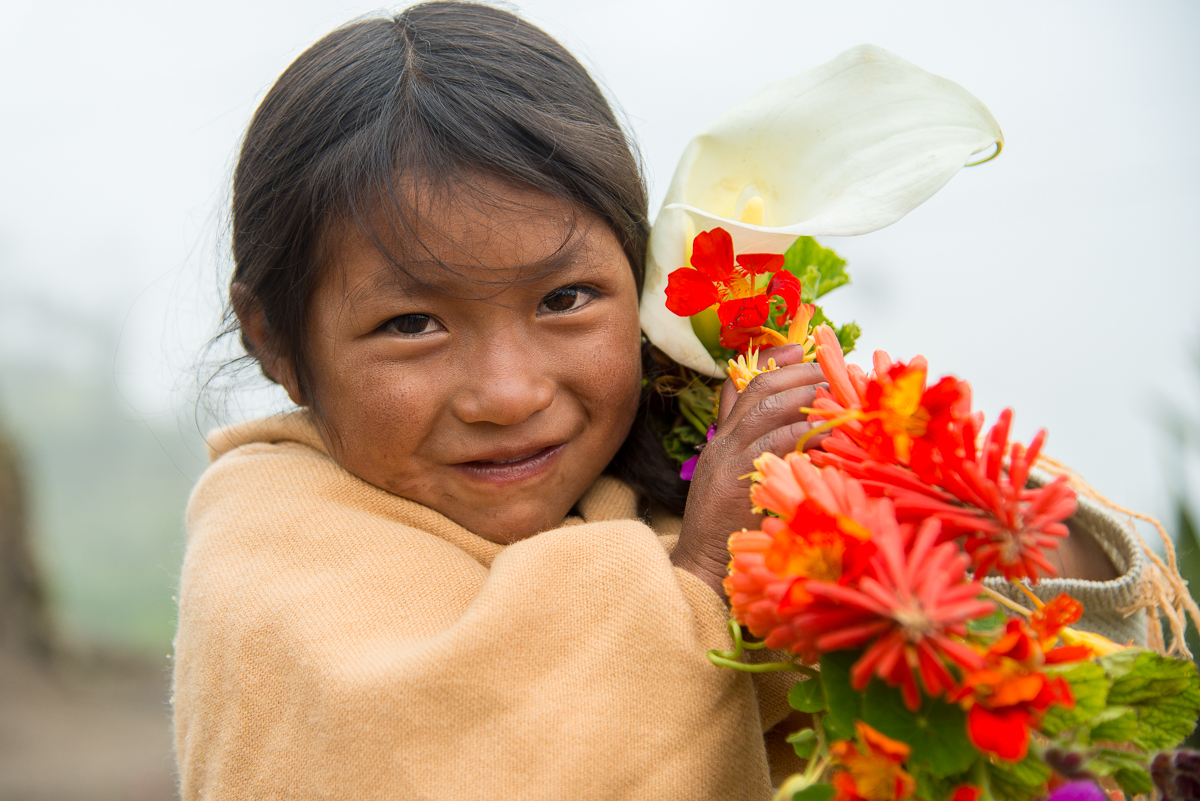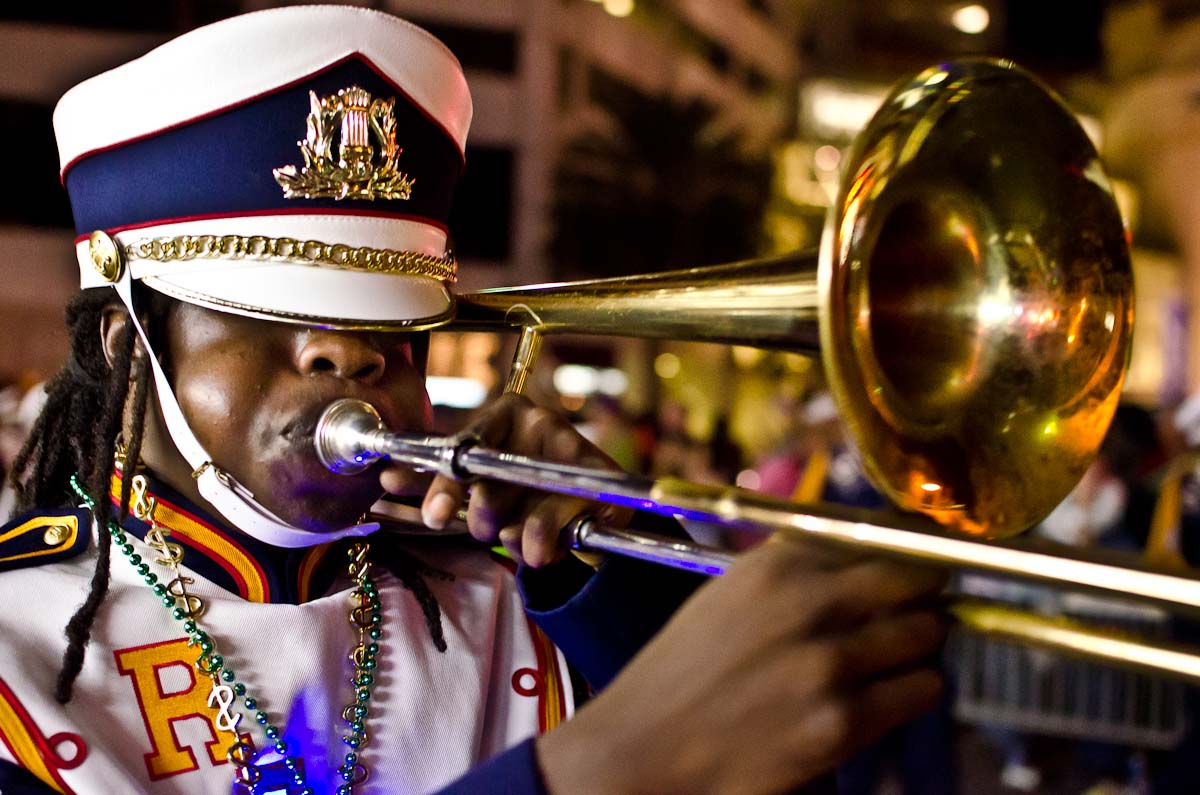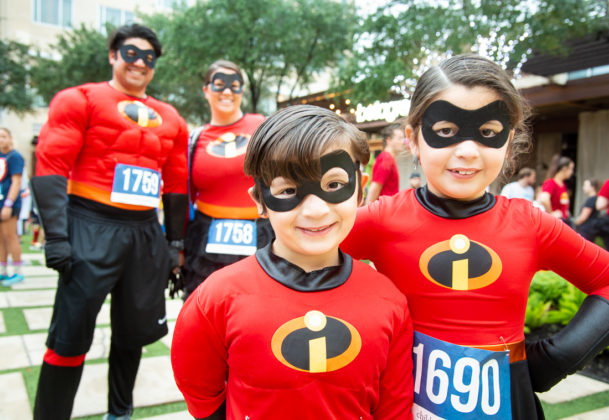The start and finish of my three weeks in Burma were in Yangon. I’m still sorting pictures from the rest of the trip, which included everything from remote tribal villages to famous golden Buddhas to a stunning hot-air balloon ride over a thousand-year old sacred city.
The United States officially recognizes the country that lies just east of India, south of China, and west of Thailand as “Burma,” even though Burma’s current government wants to be called Myanmar. Today Burma has a population of around 50 million.
Burma was a British colony, starting in 1824 after the first Anglo-Burmese War. Before the Brits, the area – like most of Asia – was governed for many centuries by a series of kings, dynasties and empires. Britain’s control of Burma was mostly lost during World War II; Burma was given its independence in 1948. A “military junta” ruled Burma for most of the last 50 years, though its grip has been loosened somewhat in the last decade. The military renamed the country “Myanmar” in 1989, just months after an especially brutal suppression of dissenters. Perhaps because that origin, the new name has been slow to catch on, and the U.S. still hasn’t officially recognized it. I prefer “Burma” mostly because it has one less syllable and is straightforward to pronounce.
Also renamed was the now-former capital city: Rangoon is now “Yangon.” I stayed in Yangon three different times in my three weeks in Burma. It’s a city of about 5 million, which makes it bigger (in population) than Los Angeles, though its downtown commercial skyline looks more like Wichita Falls. Only in the past few years has the Burmese government made it feasible for ordinary people to own cars, so terrible traffic overwhelms the city streets, perhaps also trumping Los Angeles on that front, too.
The most famous and prominent landmark in town is the Schwedagon Pagoda. It’s a huge Buddhist temple complex dominated by one towering golden “stupa.” Legend has it that it’s 2,600 years old, though history and archaeology apparently peg it at closer to 1300. I got there long before daylight and it was already brimming with visitors.
The girls in pink are nuns; the boys in dark orange or maroon are monks. It sounds odd to Americans to hear of young children being monks and nuns, but those terms have different meanings in Buddhist practice than they do for the Catholics. Most Buddhist boys are monks at some point in their youth – perhaps only for a week or a month. It can be about like going to church camp. They can (and frequently do) leave at any time without any resistance or stigma, so it’s a very different type of commitment. As the pictures with smartphones and toy guns hint, they’re mostly typical kids. That young nun with the umbrella looks like a set-up shot, but it’s not. We caught her walking down a city sidewalk as we hopped of the bus.
All those boats operate as rush hour passenger ferries, taking folks across the Yangon River. The activity was intense: I think they had a ferry leaving at least every 30 seconds during peak rush hour traffic. We were told that foreigners weren’t allowed on those boats – because the government is concerned about safety (of foreigners).
